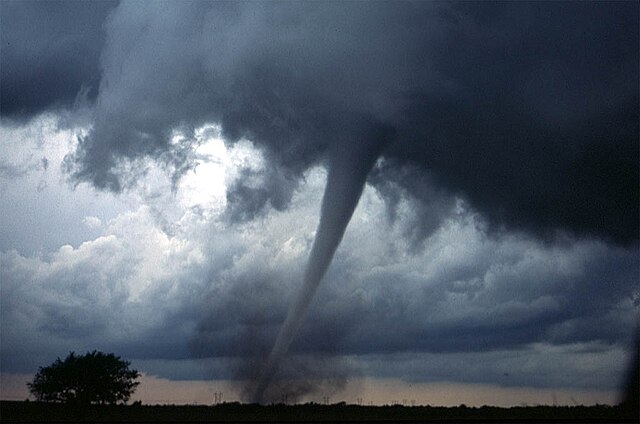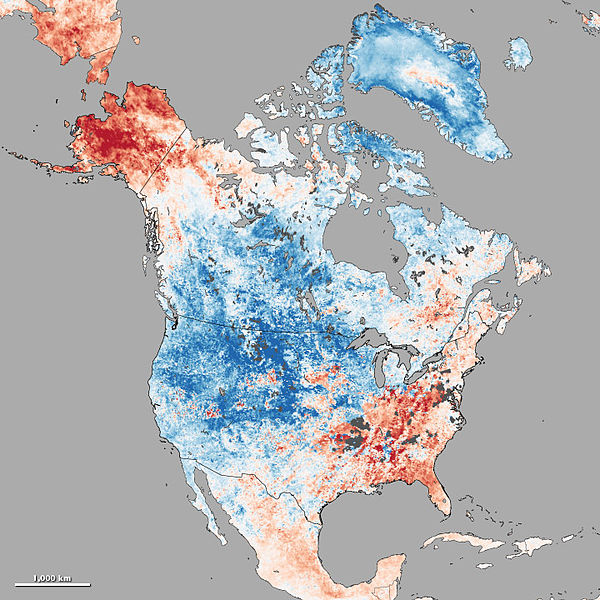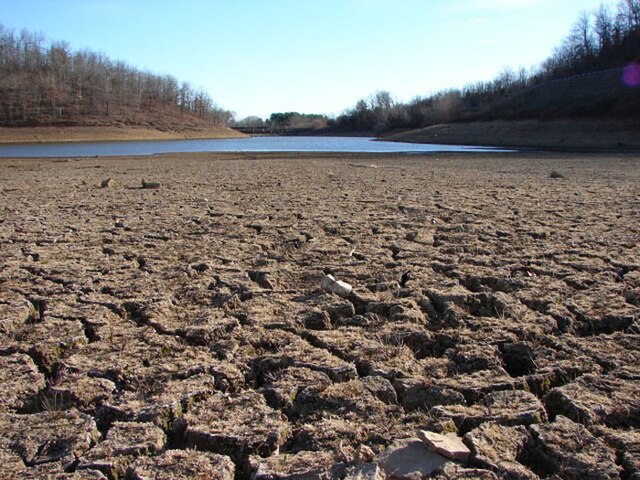The year 1816 AD is known as the Year Without a Summer because of severe climate abnormalities that caused average global temperatures to decrease by 0.4–0.7 °C (0.7–1 °F). Summer temperatures in Europe were the coldest of any on record between 1766 and 2000, resulting in crop failures and major food shortages across the Northern Hemisphere.
The Monk by the Sea (ca. 1808–1810)
Two Men by the Sea (1817)
Chichester Canal (1828) by J. M. W. Turner
Extreme weather includes unexpected, unusual, severe, or unseasonal weather; weather at the extremes of the historical distribution—the range that has been seen in the past. Extreme events are based on a location's recorded weather history. They are defined as lying in the most unusual ten percent. The main types of extreme weather include heat waves, cold waves and heavy precipitation or storm events, such as tropical cyclones. The effects of extreme weather events are economic costs, loss of human lives, droughts, floods, landslides. Severe weather is a particular type of extreme weather which poses risks to life and property.
A tornado is an example for an extreme weather event. This tornado struck Anadarko, Oklahoma during a tornado outbreak in 1999.
2003 European heat wave
Cold wave in continental North America from Dec. 3–10, 2013. Red color means above mean temperature; blue represents below normal temperature.
A dry lakebed in California, which is in 2022 experiencing its most serious drought in 1,200 years, worsened by climate change.







